C.S. Lewis "Space Trilogy"
These three first Pan editions of the Space Trilogy by Headington author, C.S. Lewis, are in our History of Headington collection.
The first book in the trilogy is Out of the Silent Planet (1938), which is set mostly on Mars (called "Malacandra"). In this book, the protagonist Elwin Ransom journeys to Mars to discover that Earth is exiled from the rest of the solar system. A long time ago, it fell to an angelic being known as the Bent Oyarsa, and now, to prevent contamination of the rest of the Solar System (known as "The Field of Arbol"), it is called "the silent planet" (or "Thulcandra").
The next book is Perelandra (1943), which is set mostly on Venus. In this book, Elwin Ransom travels to an unspoiled Venus in which the first humanoids have just emerged.
The final book is That Hideous Strength (1945), which is set on Earth. On Earth, a scientific think tank called the N.I.C.E. (The National Institute of Co-ordinated Experiments) is secretly in touch with demonic entities who plan to ravage and lay waste to planet Earth.
Clive Staples Lewis (1898–1963) was connected to Headington from June 1921, when his close friend, Janie Moore, and her daughter, moved to "Uplands" at 54 Windmill Road. Headington was his permanent home from 1929 when he purchased "The Kilns" in Risinghurst with his brother, Major Warren Lewis. The extensive grounds of this house, which was then out in the country, provided the inspiration for the Chronicles of Narnia, which started off as a tale told to children evacuated there from London in 1939. The Lion, The Witch, and The Wardrobe was published nine years later in 1948.
He lived at The Kilns until his death in 1963.
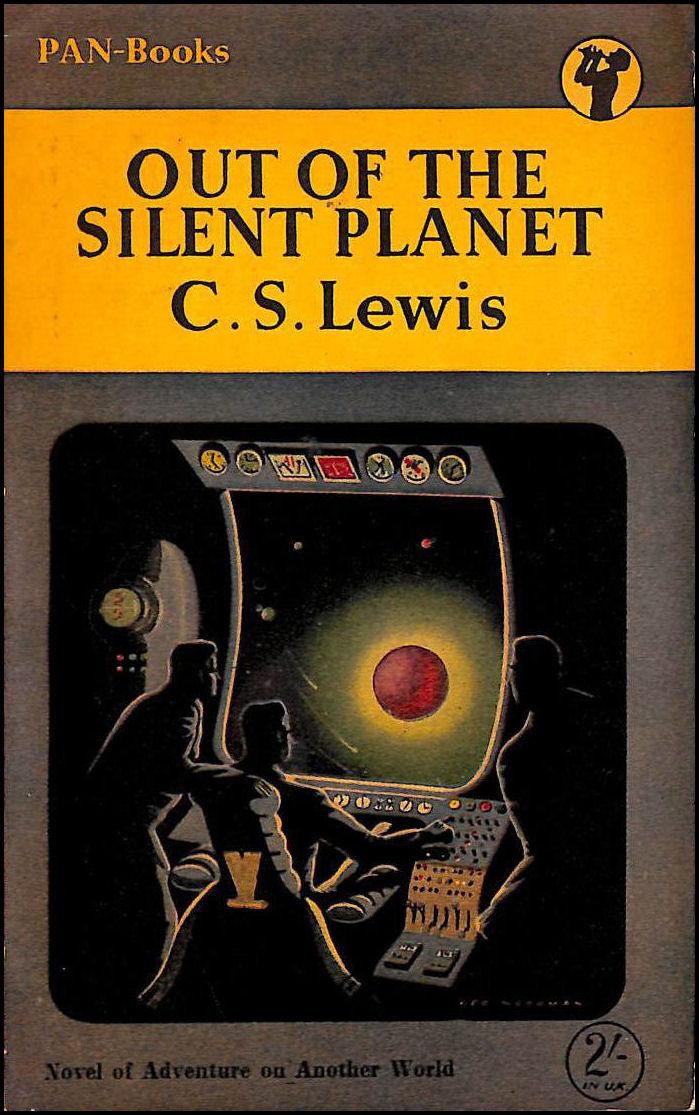
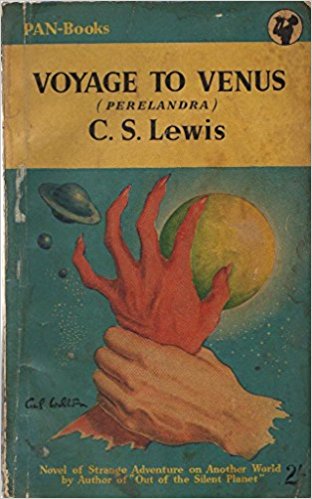
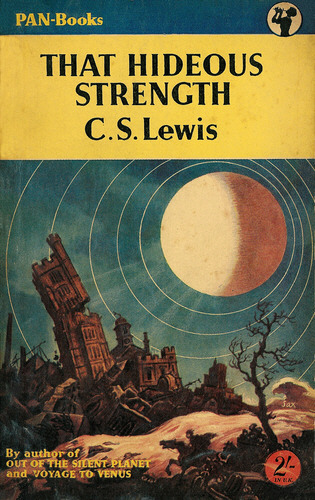
 This 18th century Oxfordshire Quaker Hook and Spike Clock is part of our local history collection.
This 18th century Oxfordshire Quaker Hook and Spike Clock is part of our local history collection.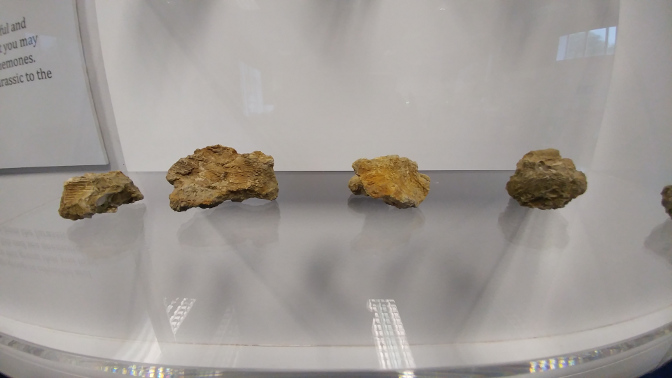 These fragments of Thecosmilia Fossil were found at Rock Edge in Headington, and are part of our History of Headington collection.
These fragments of Thecosmilia Fossil were found at Rock Edge in Headington, and are part of our History of Headington collection.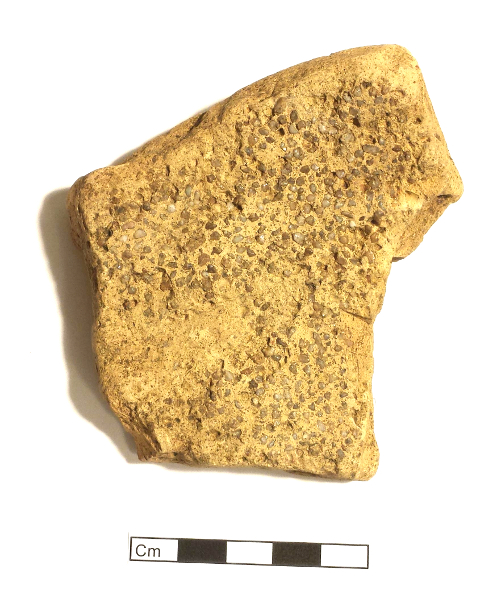 This is a fragment of a Roman mortarium from our Local History collection. It was excavated from the site of the Churchill Hospital in Headington.
This is a fragment of a Roman mortarium from our Local History collection. It was excavated from the site of the Churchill Hospital in Headington.